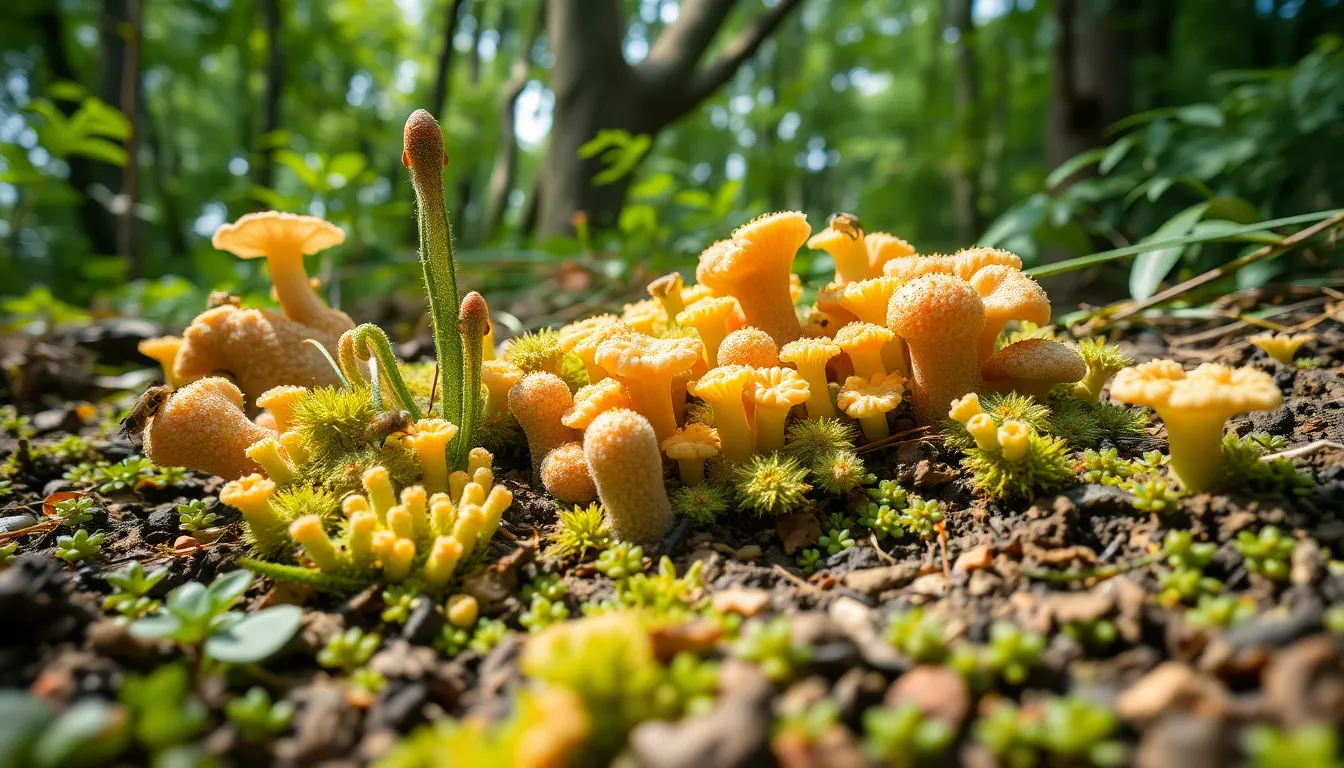Ever felt a little lost in the strange world of potosterums? Don’t worry, you’re not alone. Often shrouded in mystery, these fascinating organisms wield more influence over ecosystems than most people realize. Join us on a witty yet insightful journey as we unravel the intriguing nature of potosterums, delivering important facts with a side of humor. Grab your favorite beverage, sit back, and prepare to be enlightened.
Potosterums

Potosterums are unique organisms that belong to a special category in the biological world. While not exactly household names, they play critical roles in various ecosystems. Often confused with plants and fungi, potosterums stand out with their distinct characteristics and capabilities. In simple terms, potosterums are a series of species that thrive in specific environmental conditions, adapting and evolving over time. This adaptation isn’t just a survival mechanism: it showcases nature’s clever ingenuity at work. Think of them as the unsung heroes of the microbial community, bobbing along in the background while quietly holding the fabric of their habitats together.
The Historical Significance of Potosterums
The story of potosterums stretches back many millennia. Historians have theorized that these organisms significantly influenced the development of early ecosystems, benefiting the life forms that surrounded them. Ancient fossils suggest that potosterums once thrived during pivotal moments in Earth’s history, perhaps even before dinosaurs walked the planet. They served as a foundational species, aiding in nutrient cycling and soil formation, creating an essential support system for more complex organisms as they evolved.
Characteristics and Features of Potosterums
At first glance, potosterums might not steal the spotlight, but they have some incredible features that deserve recognition. For starters, many exhibit a fascinating ability to adapt to harsh conditions. Whether it’s high salinity, extreme temperatures, or limited nutrients, potosterums have evolved unique traits to survive. Some can photosynthesize, drawing energy from sunlight, while others may decompose organic material, playing multiple roles within their ecosystems. This versatility makes them vital players in maintaining ecological balance. Their size can vary dramatically, with some being microscopic and others visible to the naked eye. Yet, regardless of their size, every potosterum has a purpose.
How Potosterums Impact Their Ecosystem
The ecosystem dynamics in which potosterums reside are often intricate and fascinating. These organisms contribute significantly to soil fertility and health, effectively turning lifeless dirt into rich, vibrant soil teeming with nutrients. When they decompose organic matter, potosterums release essential minerals back into the soil, nourishing plant life and promoting diverse animal communities. In short, they’re like nature’s own recycling crew, ensuring nothing goes to waste. Also, their interactions with other species can have ripple effects throughout the ecosystem, influencing food webs and biodiversity. Who knew such tiny entities could wield such enormous power?
Conservation Status and Efforts
As with many other organisms, potosterums face various threats, including habitat destruction, pollution, and climate change. Their delicate ecosystems are increasingly vulnerable, leading to significant shifts in species populations. But, conservation efforts focusing on the preservation of potosterums are underway. Researchers are working tirelessly to study these organisms, crafting strategies to protect their habitats. Public awareness campaigns also play a crucial role, as education about the significance of potosterums encourages community action toward ecological conservation. After all, informed citizens can help ensure the survival of these extraordinary organisms.
Future Research Directions on Potosterums
As scientists continue to uncover the mysteries surrounding potosterums, the future looks promising. One of the more exciting avenues of research involves exploring how climate change may affect their resilience and roles within ecosystems. Also, advancements in technology allow researchers to investigate deeper into their genetic makeup, providing insights into their evolutionary adaptations. These studies may pave the way for applications in agriculture, conservation, and environmental management. Imagine harnessing the capabilities of potosterums to improve soil health or combat pollution. The possibilities are extensive, making this an exciting field of inquiry.

